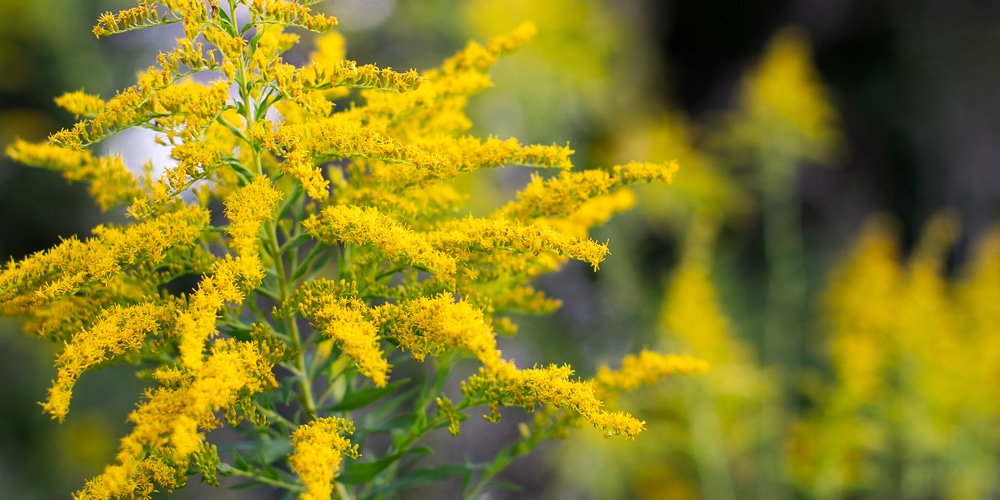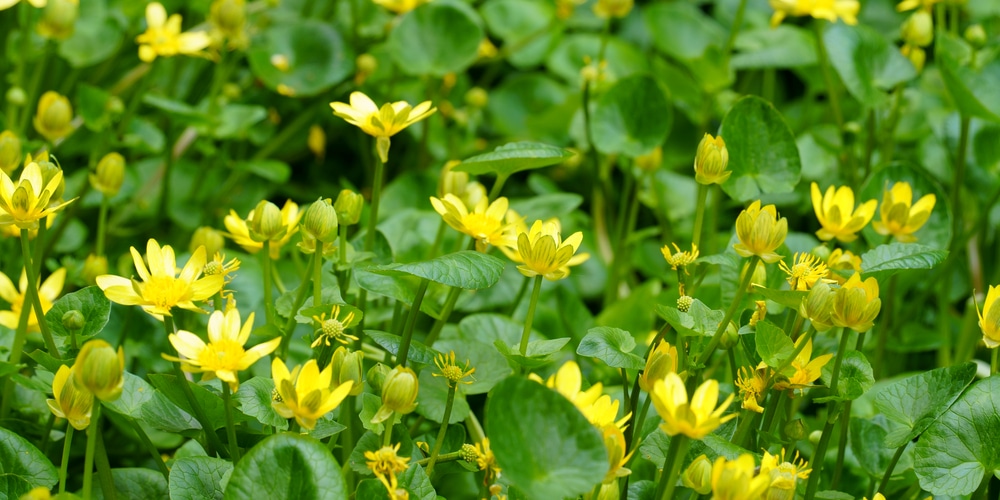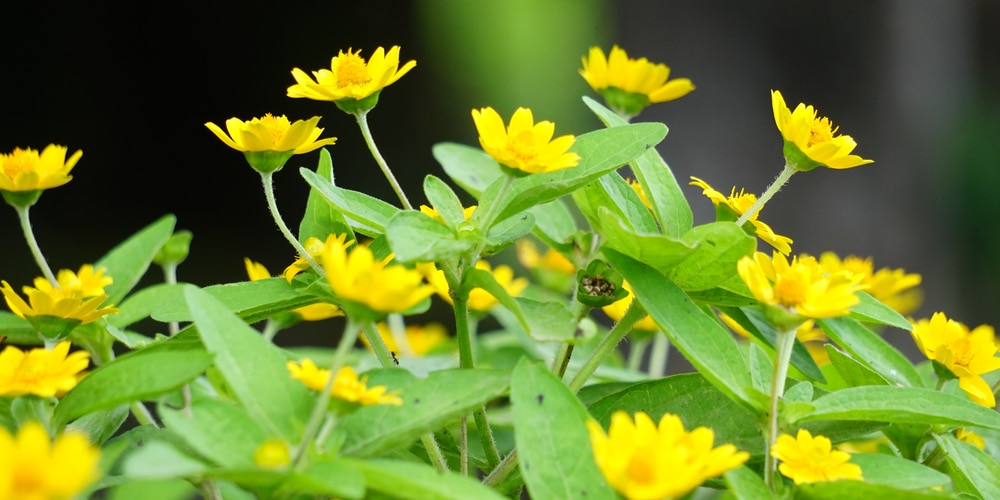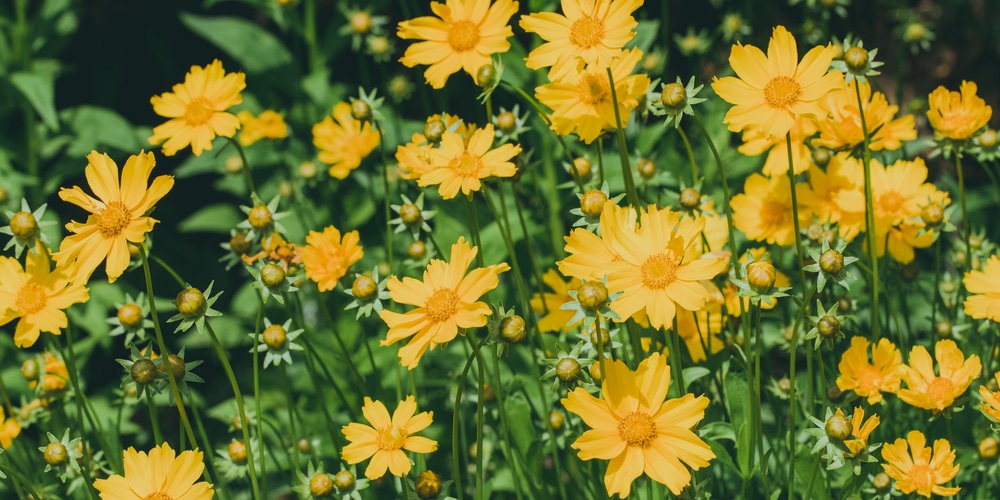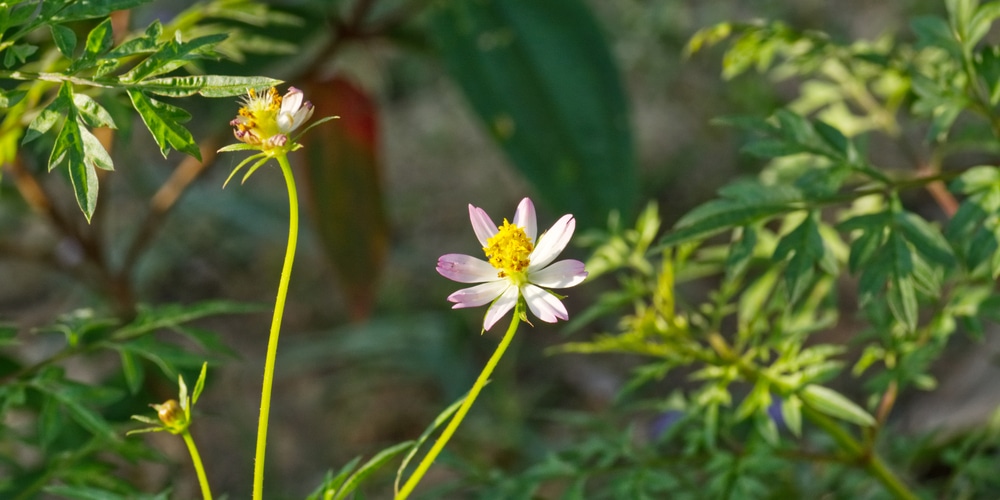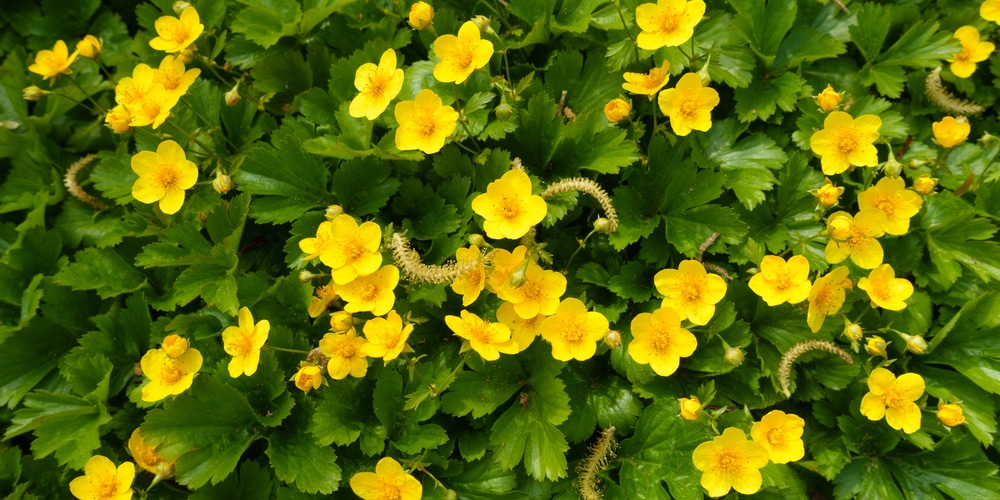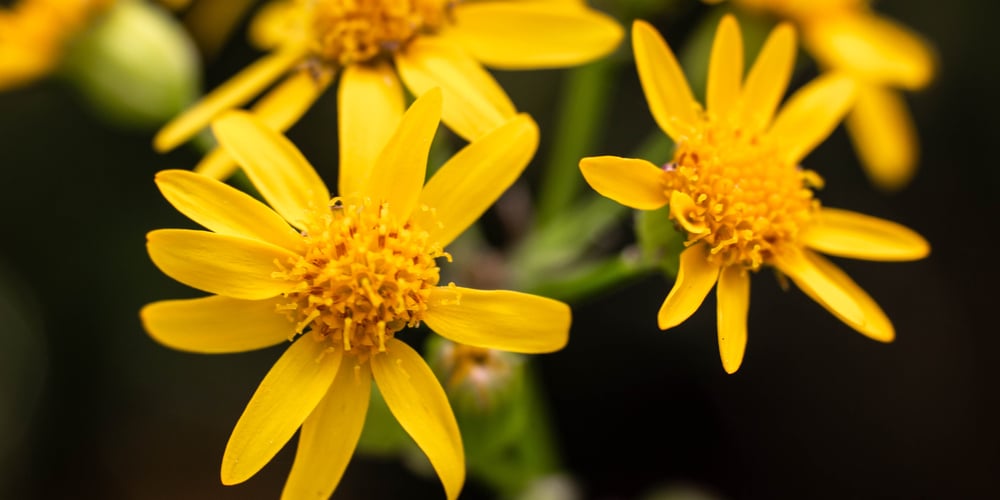Yellow wildflowers are a beautiful addition to any garden, and they can also add a splash of colour to a drab landscape. In addition to that, they are a welcome sight in the spring and summer months. Let’s look at some yellow wildflowers for Ohio.
Yellow wildflowers Ohio
In Ohio, there are several different types of yellow wildflowers that can be found in a wide range of habitats, from forests to meadows.
Some of the most popular yellow wildflowers that you can find in Ohio include:
1. Black-eyed Susans (Rudbeckia hirta)
The Black-eyed Susan is an annual, biennial, or perennial popular yellow wildflower that is found in nearly every state in the United States. In Ohio, they are more common in open fields and along roadsides.
These bright yellow flowers have a bold, dark brown round centre surrounded by yellow to orange-gold petals.
With a blooming season that lasts from June through September, these flowers are a welcome addition to any garden and will undoubtedly brighten up your summer.
2. Dandelions (Taraxacum officinale)
Dandelions are one of the most iconic yellow wildflowers, and they can be found in abundance throughout the state of Ohio.
These bright yellow flowers are often seen along roadsides as well as in meadows and pastures. One key characteristic of their flowers is that they only have ray flowers (they lack disk flowers).
Dandelions are actually a type of weed that many gardeners loathe, but their cheerful yellow blooms make them a welcome sight in the late summer through mid-autumn.
On the positive side, they have a myriad of uses and benefits from facilitating blood sugar management to promoting liver health.
3. Goldenrod (Solidago spp.)
Goldenrods are a family of over 100 different species of tall yellow wildflowers that are commonly found in the eastern United States.
In Ohio, the majority of these flowers are herbaceous perennials that are common in open regions including prairies, savannas, and meadows.
Their flower heads are usually radiate (normal daisy flowers with discs and rays), but they can also be discoid (having only disc florets).
The majority of goldenrods have strikingly similar golden-yellow flower heads that typically bloom in the late summer.
4. Bulbous Buttercup (Ranunculus bulbosus)
This perennial wildflower gets its name from its unique corm-like underground stem that is located close to the soil surface. You can easily identify this plant, thanks to its bright yellow flowers that have downturned sepals. The bulbous buttercup also has a hairy stem and leaves with three lobes.
You may find this plant in lawns, fields, and pastures in Ohio, especially the locations that have well-drained soils. In some locations, the bulbous buttercup is known as the Goldcup owing to the colour and shape of the leaves.
5. Yellow crownbeard (Verbesina occidentalis)
This perennial herbaceous plant is a member of the Asteraceae family and is commonly found in prairies, roadsides, savannas, and open woodlands. Also known as gravel weed or yellow wingstem, this wildflower has showy yellow flowers and hairy, winged stems.
The flowers have 8-15 rays that mostly align horizontally, as well as disc florets that point upward. The yellow crownbeard blooms from May to October, giving you a beautiful splash of yellow in your garden all summer long.
6. Bearded Beggartick (Bidens aristosa)
Also known as tickseed sunflower, this herbaceous annual or biennial wildflower is characterized by its numerous bright yellow daisies and sharply toothed leaves. The flowers are made up of 6-8 ray florets that seem to emanate from the disc florets that make up the centre of the flower.
Since the flowers of this plant are considerably rich in nectar, they are a popular choice among bees and other pollinators. This plant commonly appears along the edges of woodlands, opting to grow in the open shade. It thrives best in moist, well-drained soils, and will bloom mostly from mid to late summer.
7. Spanish needles (Bidens bipinnata)
Commonly found in weedy meadows, fields, and disturbed habitats, the Spanish needles is characterised by lobed leaves, a flower head that is made up of about 0-5 ray florets and numerous disk florets at the centre.
The ray florets are commonly yellow in colour whereas the disk florets take on a golden yellow hue. This wildflower has a rather brief blooming period, lasting from September to October.
8. Barren Strawberry (Geum donianum)
This low-growing herbaceous perennial wildflower is characterised by yellow flowers on a leafless stalk and evergreen, basal leaves. Also referred to as yellow strawberry or dry strawberry, this plant produces small yellow flowers that are quite similar to the ones that are produced by edible strawberries.
Even though this is not quite an abundant wildflower in Ohio, you’ll still spot it along riverbanks as well as in shady woodlands, growing as ground cover. Unlike wild strawberries, this plant does not produce edible fruit, and the leaves are not of any culinary interest. You’ll, however, enjoy seeing it bloom in the spring.
9. Golden Ragwort (Packera aurea)
This herbaceous perennial wildflower is common in riparian areas, swamps, forests, and ravines. It’s quite carefree and can do well in full sunlight as well as in lightly shady areas.
Also known as squaw weed, waw weed, cough weed, or golden groundsel, this wildflower produces bright yellow flowers that look a lot like small sunflowers.
The disk florets and the petals of the flowers are all yellow in colour and will show up in summer through spring. It’s commonly found in fields and open woodlands.
One important fact to keep in mind about this plant is that it’s poisonous, and the chemicals that it produces have the capability to get absorbed through broken skin.
Yellow wildflowers Ohio: Final thoughts
The above are the most common beautiful and vibrant yellow wildflowers that thrive in the soils and habitats of Ohio.
These flowers come in a variety of shapes and sizes, thus they are a great choice if you’re looking to add some colour and life to your garden.
Remember to take caution when handling some of these plants as they may be poisonous. Now go out there and enjoy the beauty of nature!
Related Article: Trees with Orange Flowers


